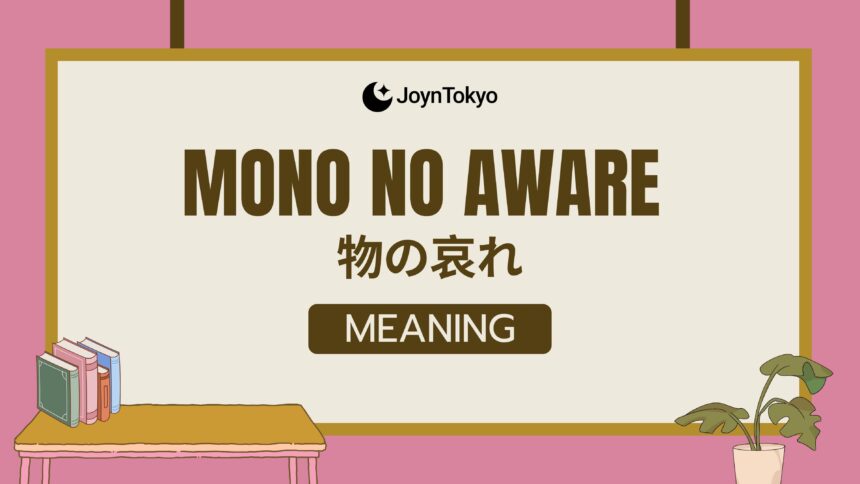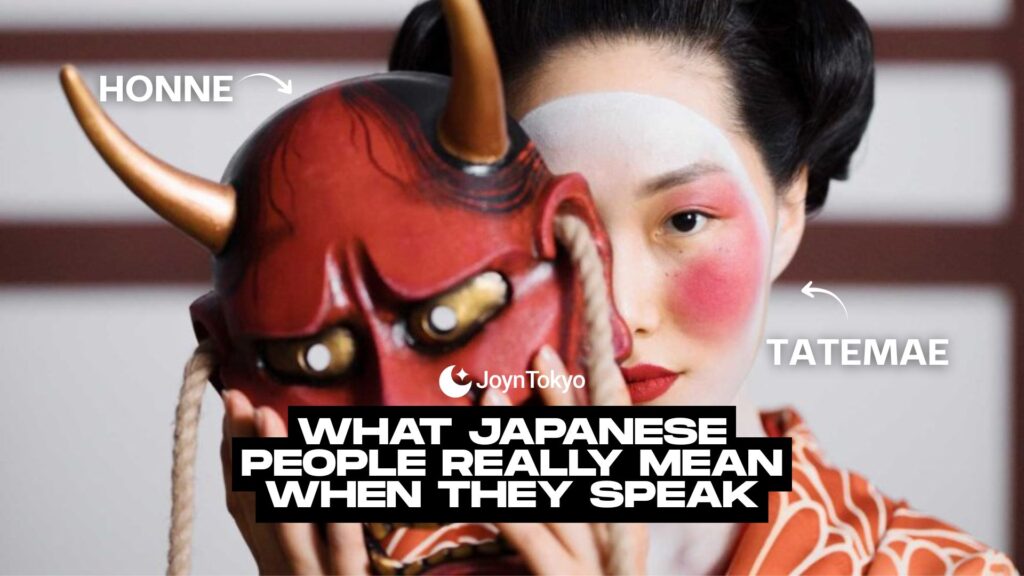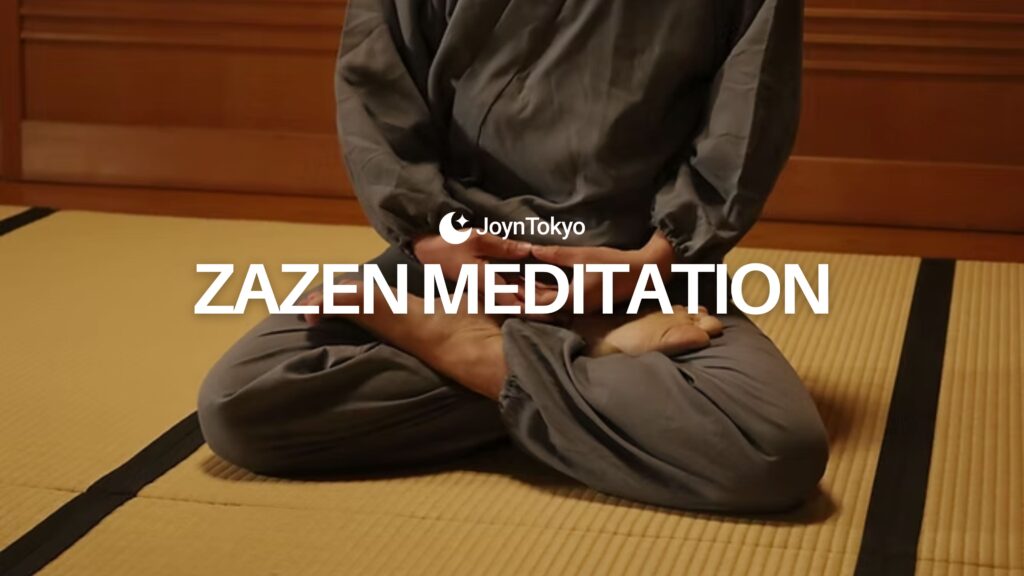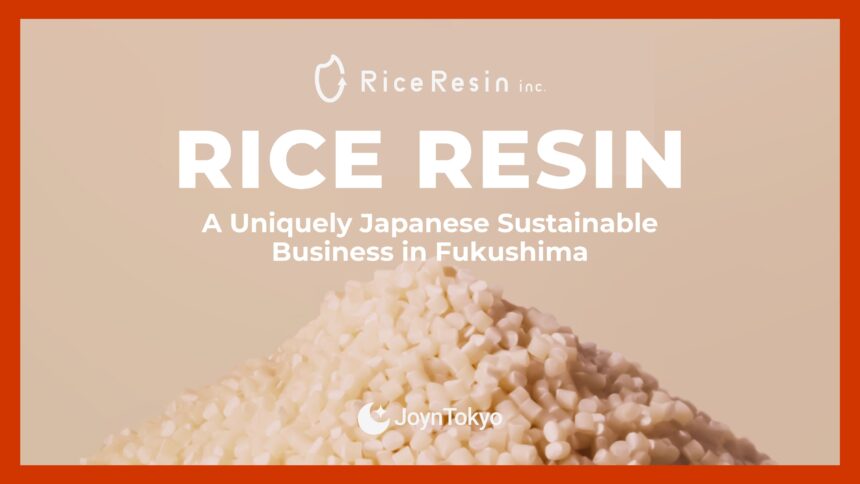In an age where Hollywood is obsessed with adaptations, reboots, remakes, sequels and, perhaps worst of all, prequels (sorry Star Wars Gen Zers, the prequels are trash), people are becoming increasingly weary of how we seem to keep seeing the same things over and over again. With the entertainment industry hooked on nostalgia, many people (especially on contentious social media) are even begging for their favorites to finally rest in peace, a feeling any fan of The Simpsons will be familiar with.
In times like these, we could all stand to embrace the Japanese sense of Mono no Aware (物の哀れ). Many readers will be familiar with this feeling, even if they haven’t heard the term before. So, what is Mono no Aware? And how is it expressed in Japan today? If you don’t know yet, savor this moment before we enlighten you.
What Does Mono no Aware Mean?
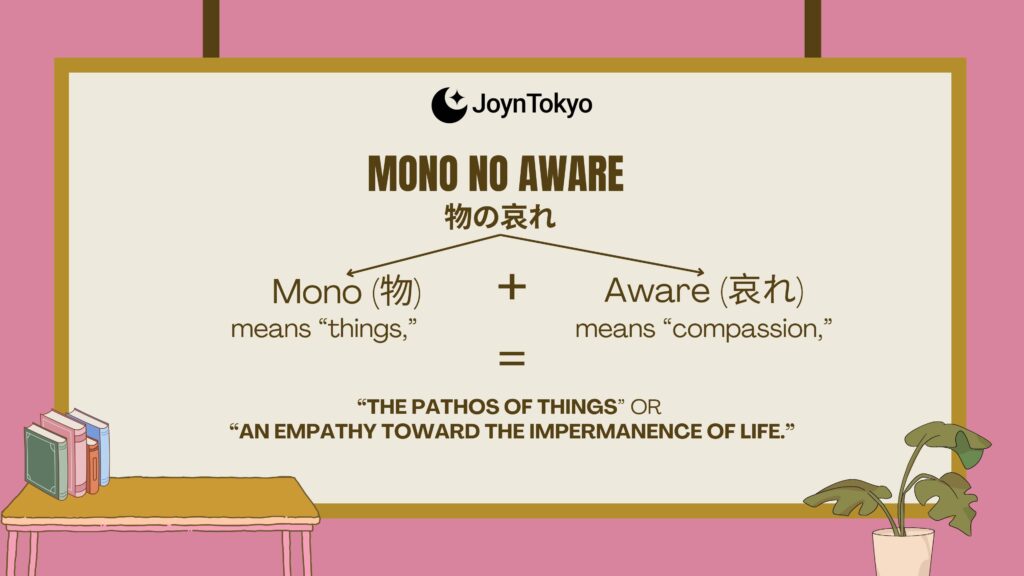
Literally translated as “pathos of things,” by a cosmic coincidence “aware” here is spelled (though not pronounced) the same as the English “aware,”and might be thought of as an awareness of impermanence and an appreciation of transience.
It is generally thought of as a wistful, or somewhat bittersweet feeling that something is no longer there, but gladness that one experienced it. One might compare it to Alfred, Lord Tennyson’s sentiment from In Memoriam A.H.H.: “’Tis better to have loved and lost/Than to never have loved at all.”
The Origins of Mono no Aware
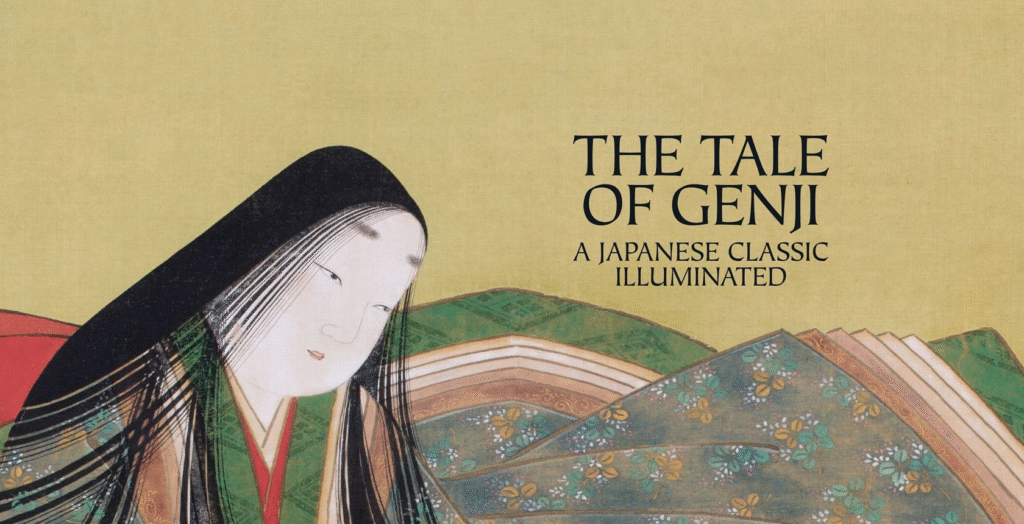
The expression dates back to the Heian period, which spanned 794 to 1185 and is noted for the increase of distinctly Japanese (as opposed to Chinese-influenced) art and literature. However, it wasn’t until the Edo period (from 1603 to 1868) that the cultural scholar Motoori Norinaga who, in his reading of the classic work The Tale of Genji by Murasaki Shikibu, emphasized it as the central theme.
Since that time, the concept of Mono no Aware has become fundamental to Japanese literary criticism. As such, it has developed through academic education to become a part of every day life in Japan. But how? What does this look like?
How Mono no Aware Appears in Daily Life
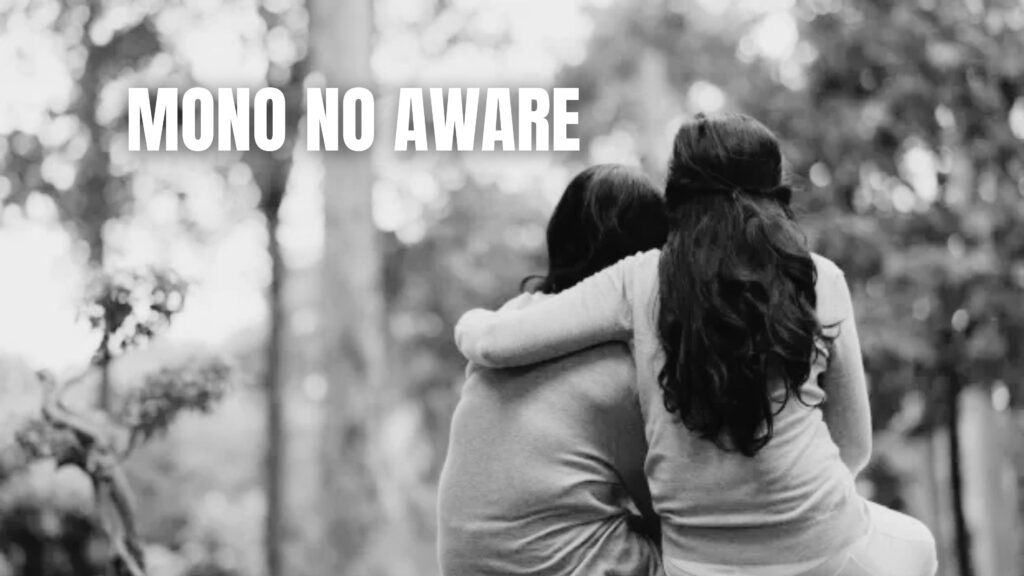
The concept of Mono no Aware can be seen in many aspects of Japanese life: a favorite saying of many Japanese people is ichigo ichi e (一期一会), which translates to “one time, one meeting.” It is a reminder to appreciate the fact that you will never experience this moment again: even if you are with a friend you see every day, in the same place, it will never be on this day, or in these circumstances, ever again.
Another classic, annual example of Mono no Aware is hanami, the annual practice of taking time with friends and loved ones to enjoy the sakura cherry blossoms. They are in full bloom for just one week a year, before the gorgeous pink petals fall, one centimeter per second, to the ground. It is the impermanence of the blossoms that makes them all the more beautiful.
Mono no Aware vs. Wabi-Sabi
It’s easy to confuse mono no aware with wabi-sabi, but they focus on different aspects of beauty. However, Wabi-sabi is about finding beauty in imperfection and simplicity — a cracked teacup, an aging wooden door. Mono no aware, conversely, is about the bittersweet awareness of time passing and things ending. Both are deeply emotional, but mono no aware touches the heart more directly through empathy and longing.
Mono no Aware in Cinema
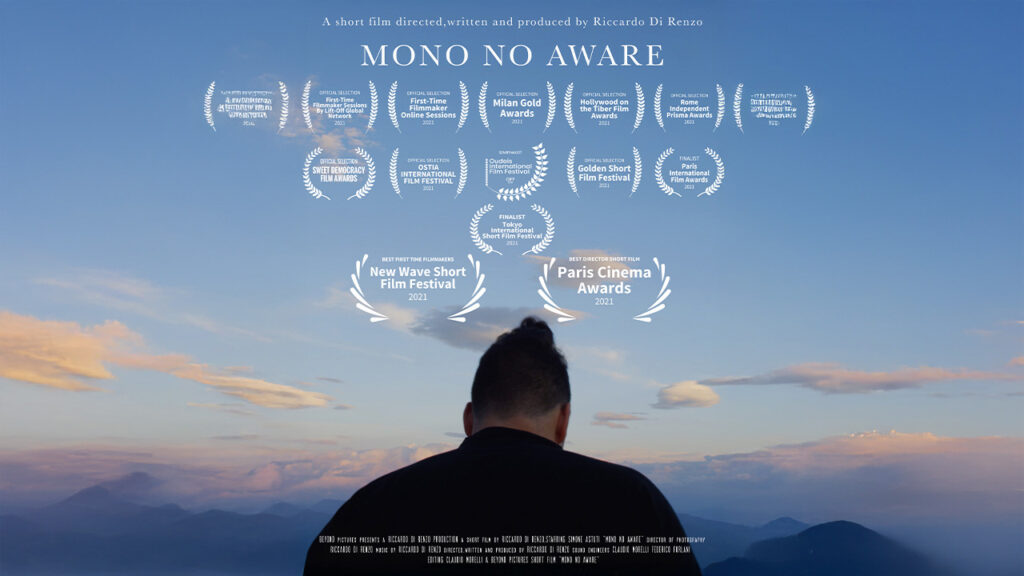
While it might sound counter-intuitive to consider a permanent work of art to be capable of evoking Mono no Aware (except in the sense that all physical art decays), the use of montage can be used to make the audience experience the feeling very efficiently. For example, the conclusion of Vanilla Sky, wherein our protagonist looks back on his life, and happily remembers experiences he will never have again.
Embracing Mono no Aware
Today, in world where everything seems recycled and yet everything appears to be disposable, being able to understand and practice Mono no Aware can be more vital than ever. Realizing that nothing we see or do is forever puts the joys and stresses of life into perspective: in that respect, it can be a lot like Zazen meditation.
Embracing Mono no Aware means appreciating the weather, the people you are with, and the moment. Understanding that they are all beautiful not because they last forever, but because they are fleeting. In Fight Club, Tyler Durden says, “this is your life, and it’s ending one minute at a time.” He meant it as a threat, while Mono no Aware instead offers this reality as an opportunity.

